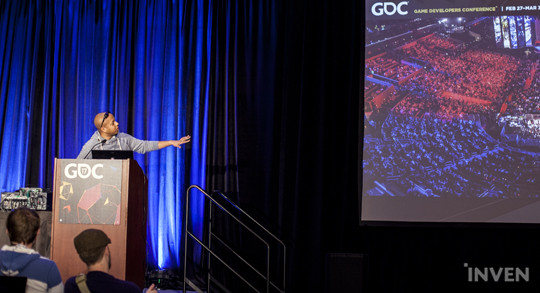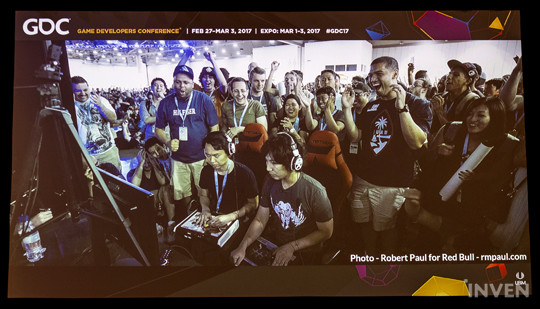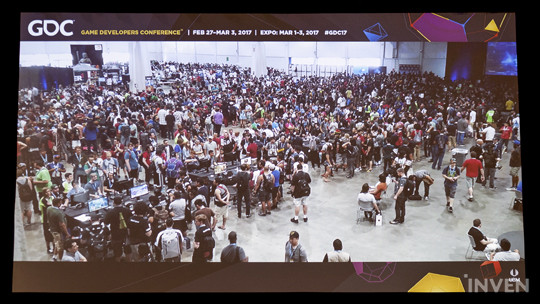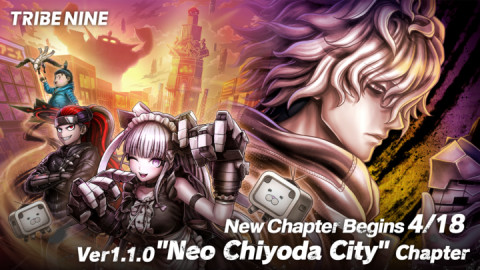
Fighting game is a genre that grew out of arcades. Arcade was by itself a realm of competitive gaming, where players were pushed to compete and survive if they wished to stay and play the game. Local tournaments were often held in small scales even before there was the concept of eSports. Although arcades became less popular as time passed by and were thus thrown off from the mainstream, such competitive spirit still breathes within the game and is passed down to generations of players.
EVO’s cofounder Tom Cannon hosted “Arcade to eSports” session today, exploring the history of 90s and 00s’ competitive arcade culture that gave birth to modern day fighting eSports. He explained how competitive gaming culture naturally formed in arcades as players were motivated to try harder and be better, and how he wishes to establish fighting eSports ecosystem in which spectators can become players and vice versa. His strong belief lies in his analysis of how modern day fighting eSports still possess the same characteristics as classic arcade-era competitive gaming culture.

Time, money, and face: elements of competition in arcade fighting games
Cannon introduced three main elements that sprouted competitive culture in arcades, which were time, money, and face. It takes time and effort to get to arcade, and you have to insert coin to play the game. How long you can play with a single coin and how many coins you have to invest solely depends on how well you perform. If you win, you can continue playing even without inserting additional coins. However, if you do poorly, the opponent will beat you down leaving you only two options to either spend more money or stop playing the game.

Such reward to high degree of skill and disgrace to poor performance developed certain mindset among arcade gamers that everyone is a competitor and winning actually matters. You want to win not only because you want to keep playing with minimum amount of money spent, but also because losing gives you public disgrace especially when there are people standing behind you that watch your game. All of such interaction happened in close proximity, thus resulting in more intense emotional shift on the outcome. Competition was sparked naturally. If you could not beat the person sitting on the opposite side, you either had to find a different machine or leave the arcade. Winner took it all, and losers got nothing but shame.
The blurred line in between spectators and players
Fighting game players in arcades being pushed to such natural competition meant that they had to strive to be better in order to survive. Players did not just stand there when they put down their coins to stand in the line. They became attentive spectators with their eyes fixed to the screen to analyze what was going on. They watched how the current player was fighting, examined his playstyle, and saw if there was anything he could possibly learn from the player.
This, in turn, motivated players to impress those that were watching. They began to think of ways to execute the enemy with style, so that they could brag and show everyone how skilled he was. Players were now training themselves not only to survive in the arena, but also make a name for himself as the cool kid in the block.


EVO’s attempt to bring back the arcade competitive culture
Cannon showed to his audience how EVO is organizing its fighting eSports tournaments differently from certain others so that they can make the event feel more like the arcade where people can be players, spectators, and analysts at the same time. The door is open to anyone that enjoys the game, and the players can still participate in the event as spectators if they disqualify, just like how some players that lost and did not have any coin would remain as spectators.
Taking modern-day fighting eSports back to their roots in the days when eSports did not exist, EVO is aiming to establish a format of fighting eSports that can better bring out the distinctive characteristics of fighting games and differentiate it from other eSports genres such as MOBA and FPS. Although going back to its roots may not be the ultimate solution to establishing a successful tournament format, Cannon did show in his presentation that the core value in fighting games' competitive nature lies in arcade culture that sparked natural competition among players.
Sort by:
Comments :0






